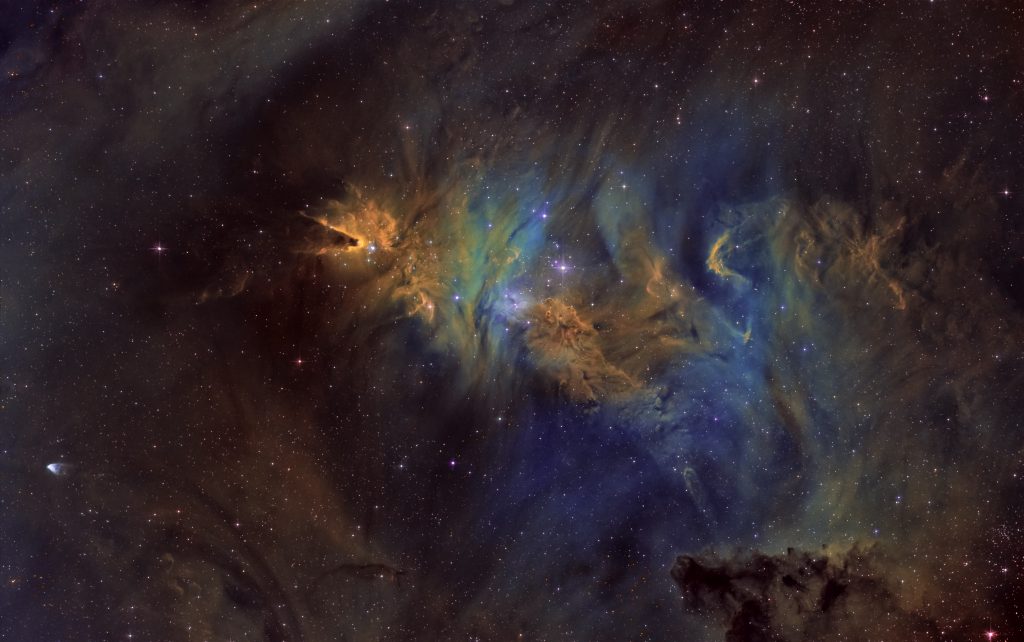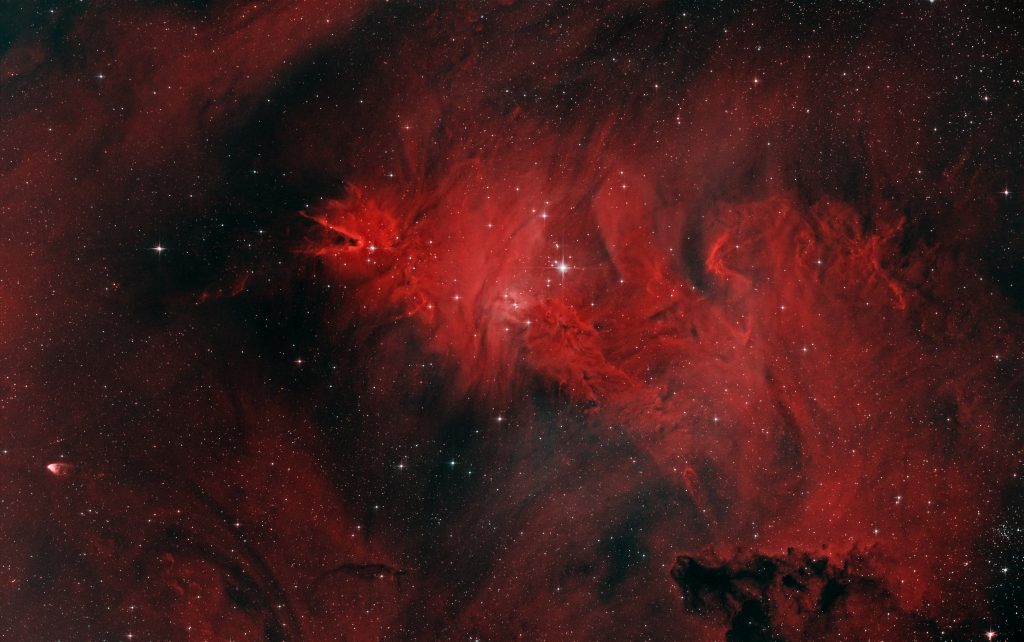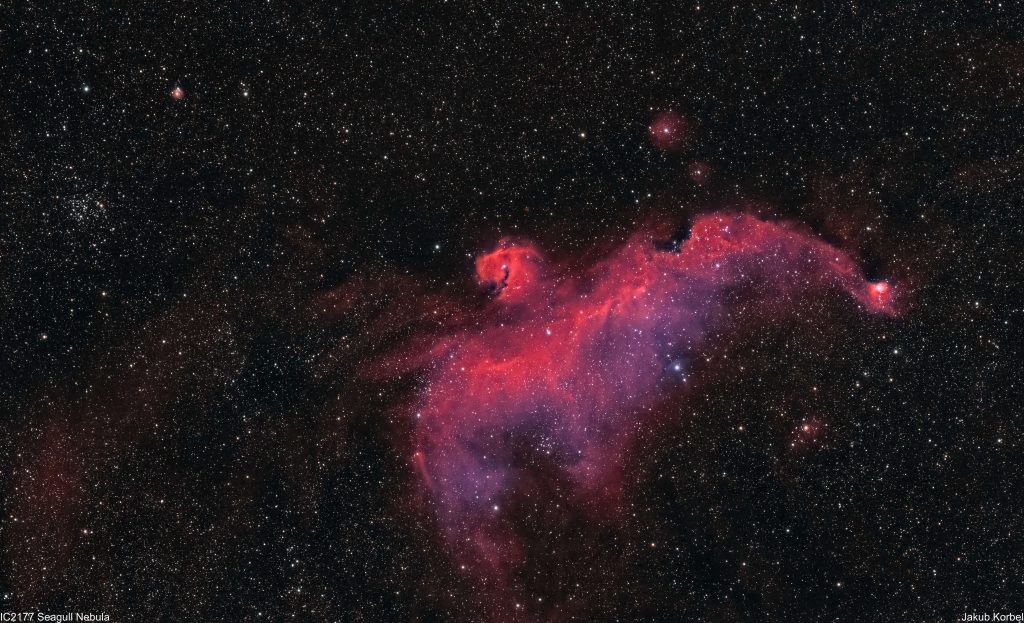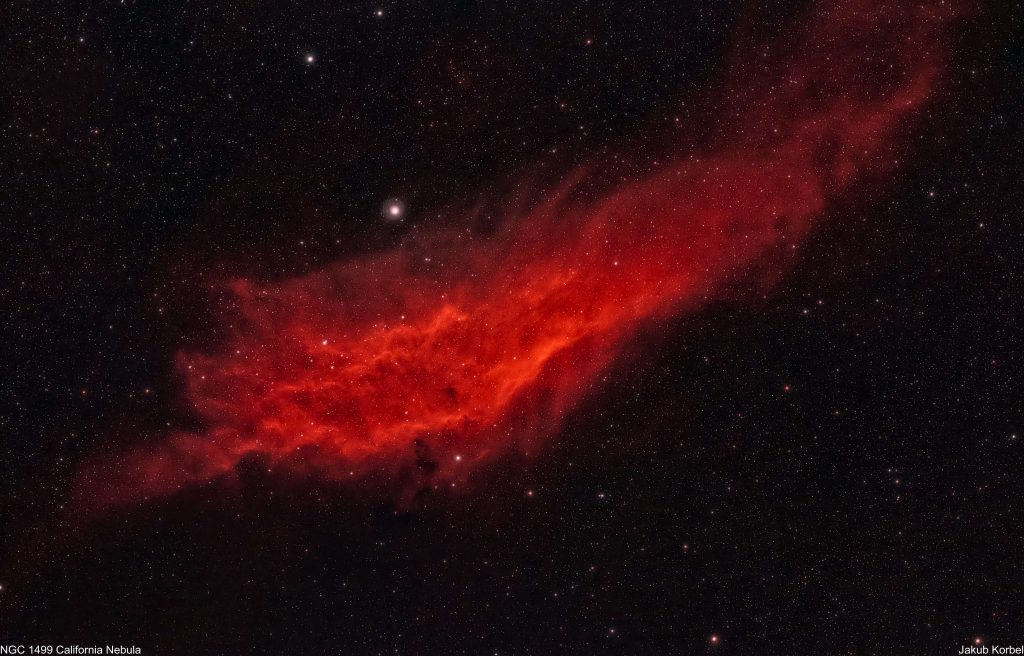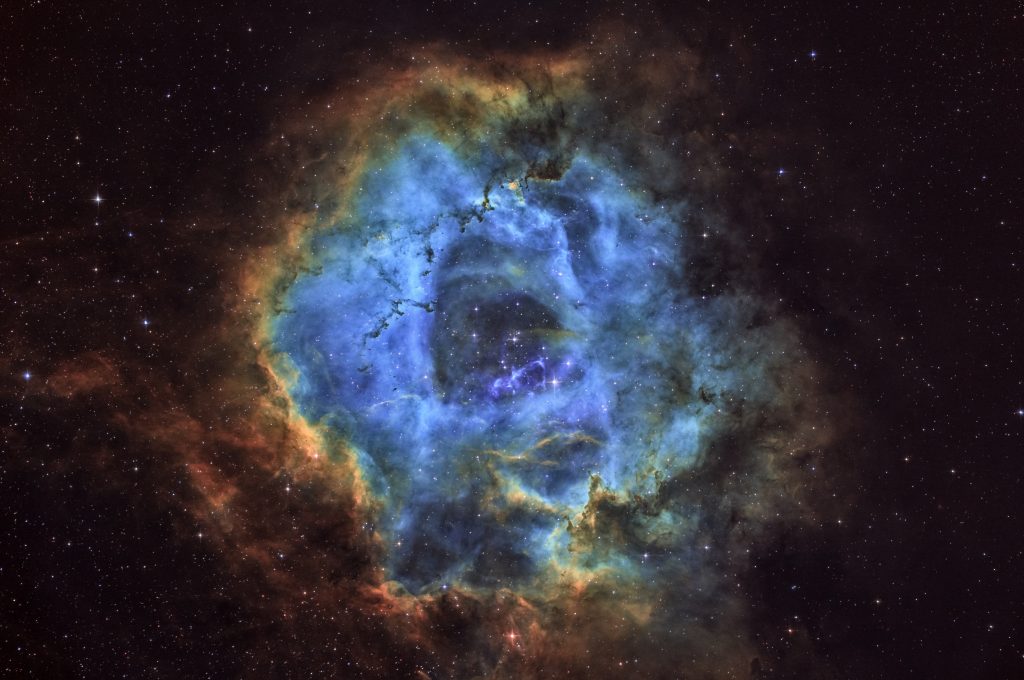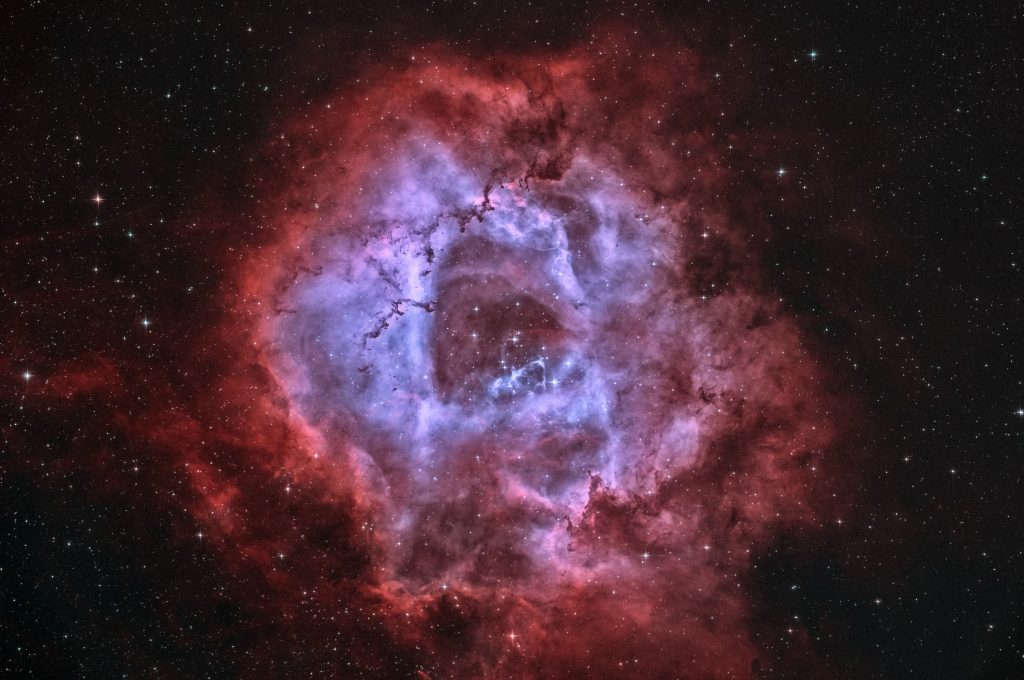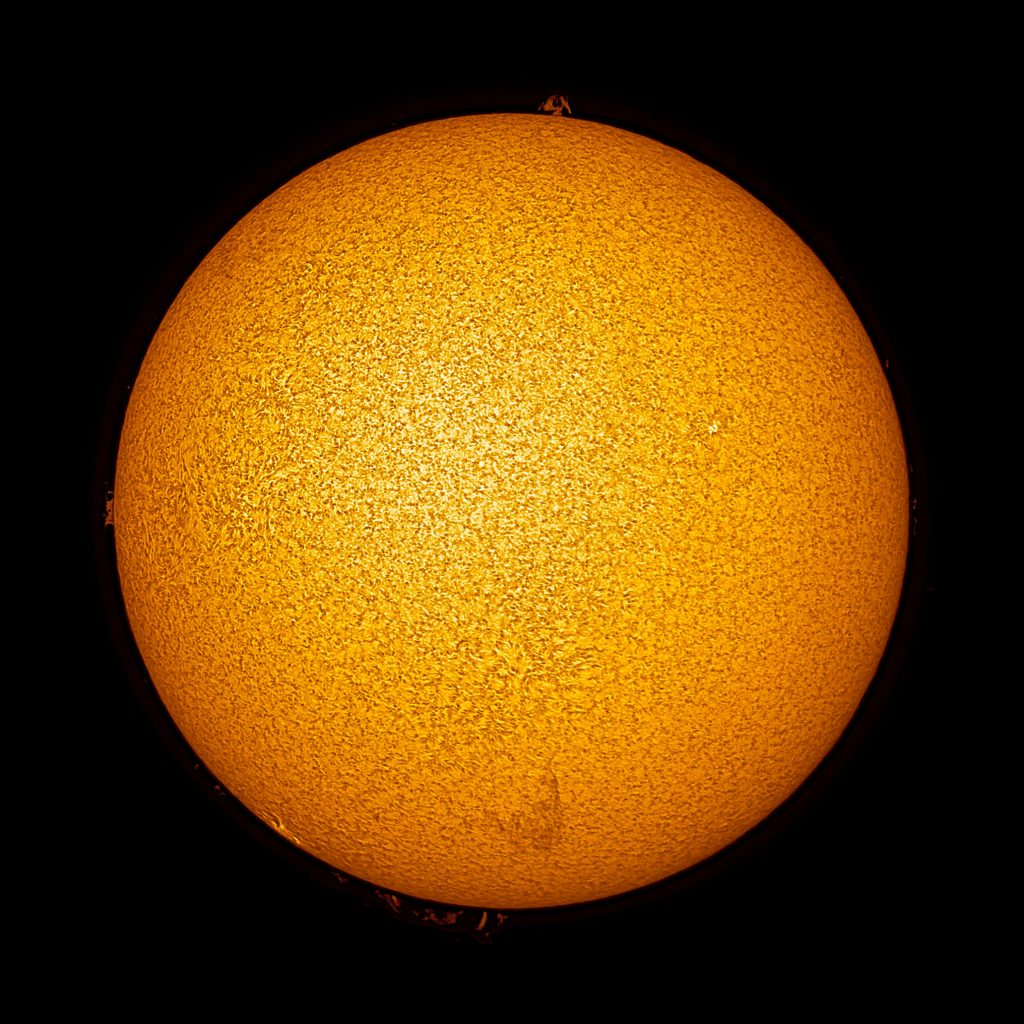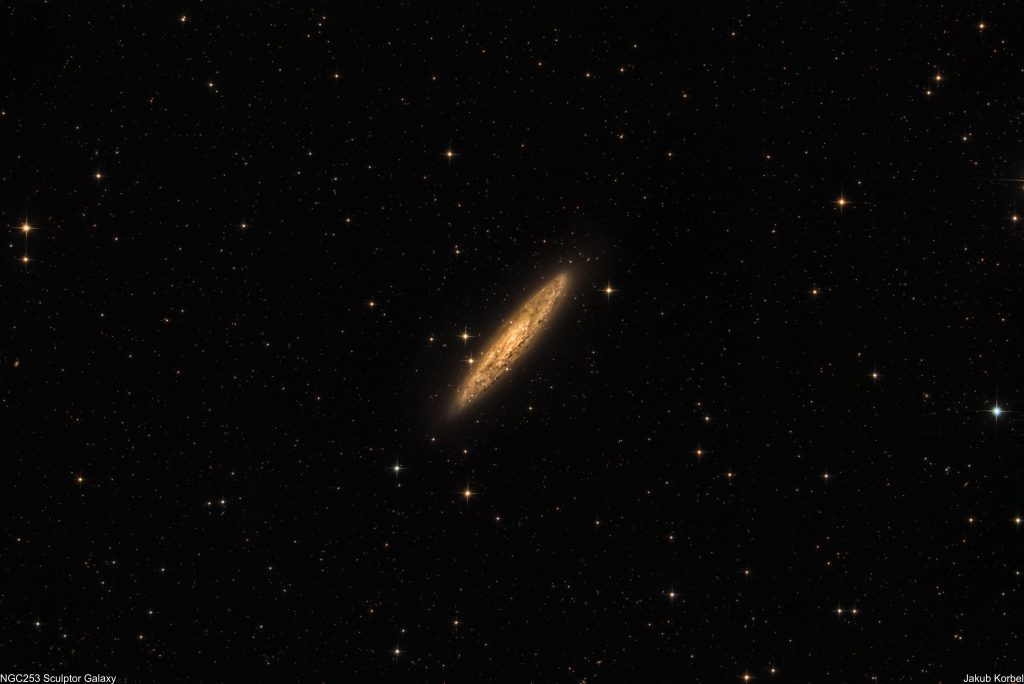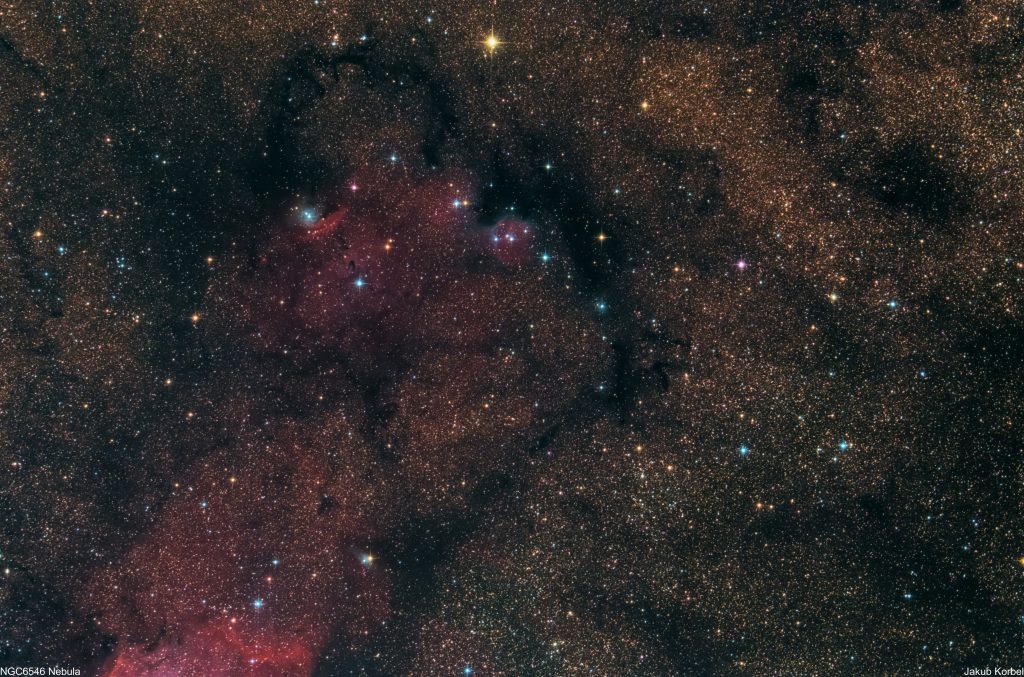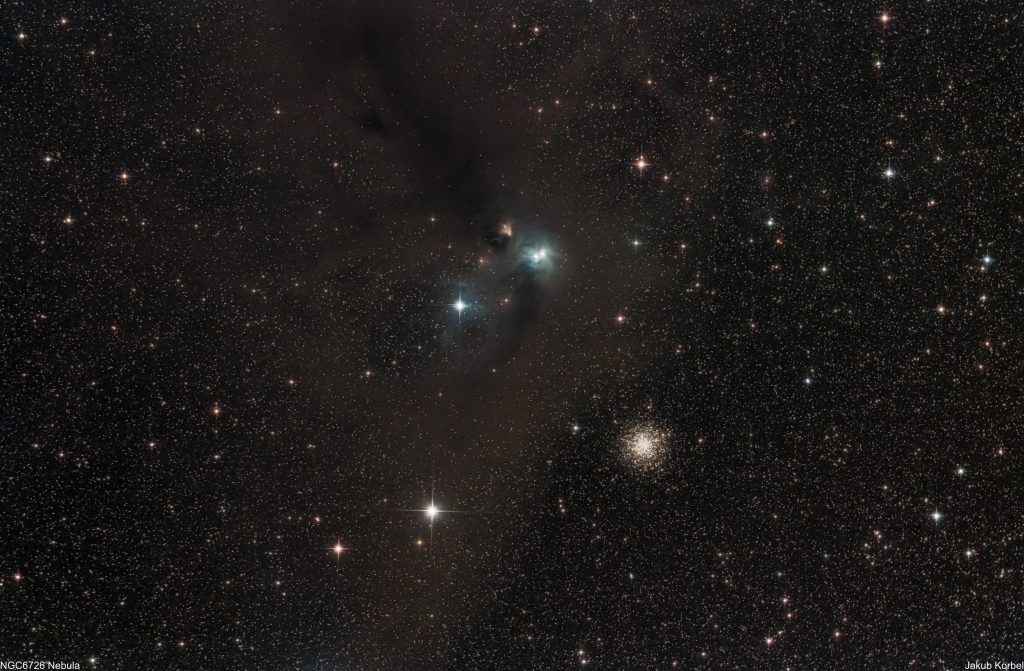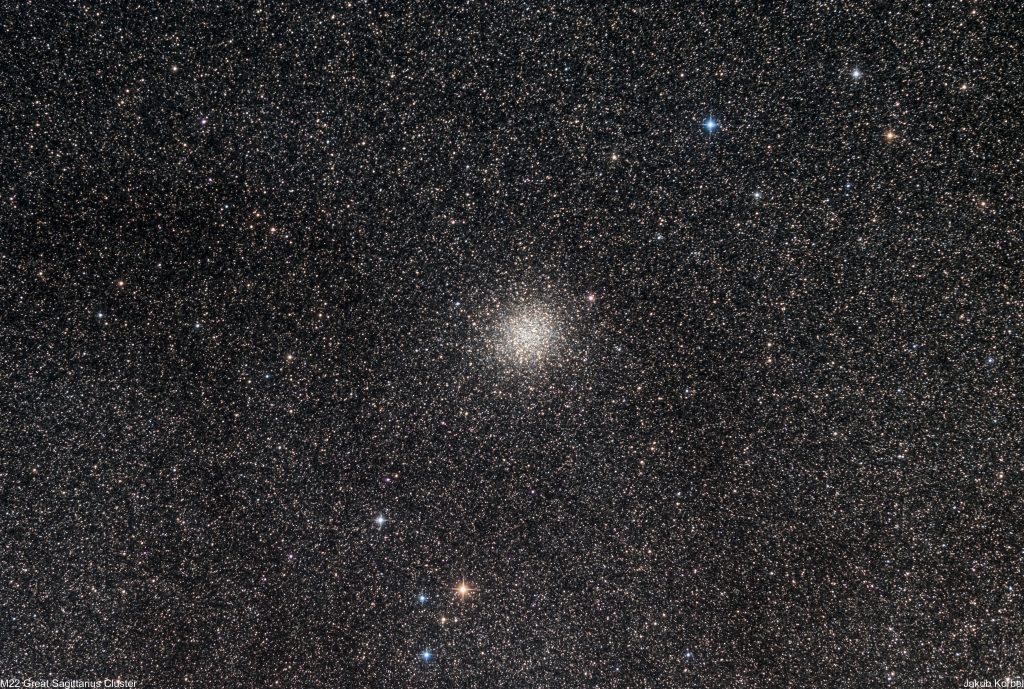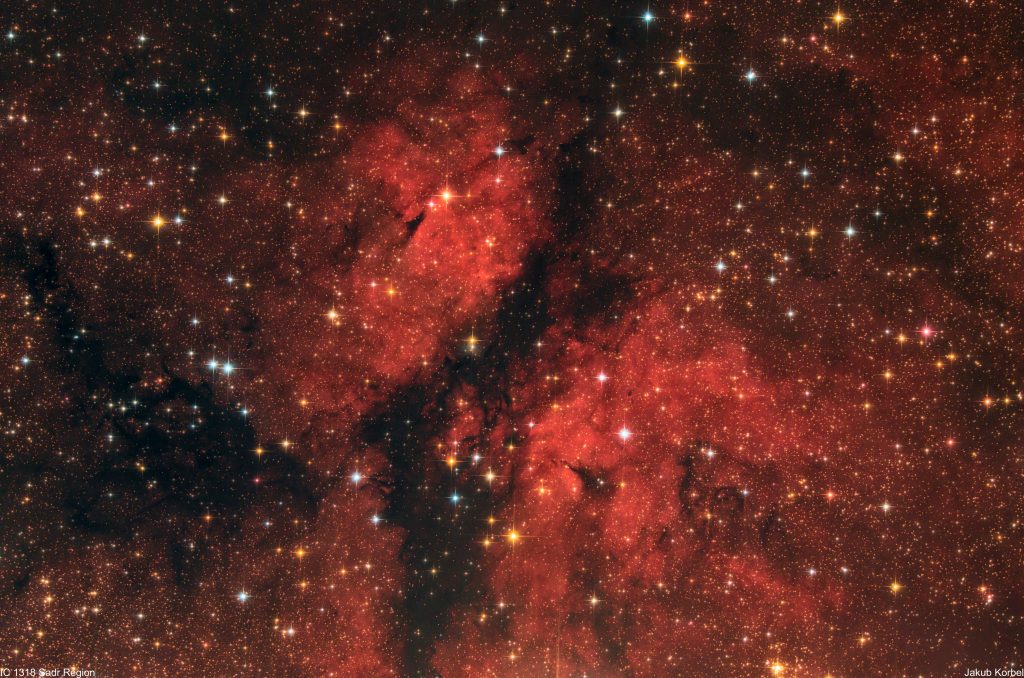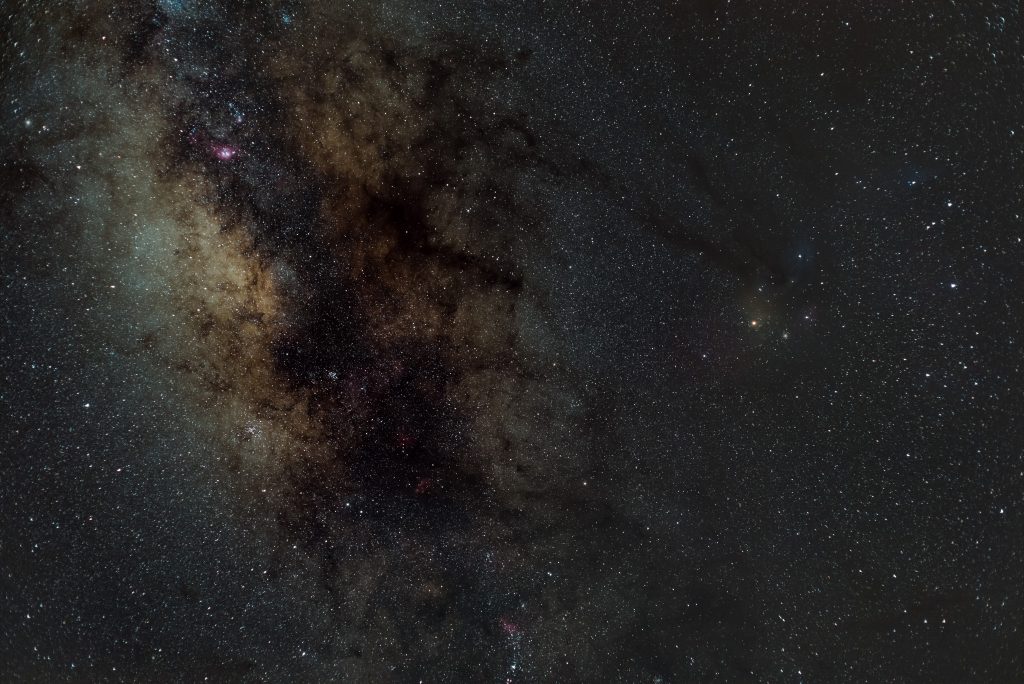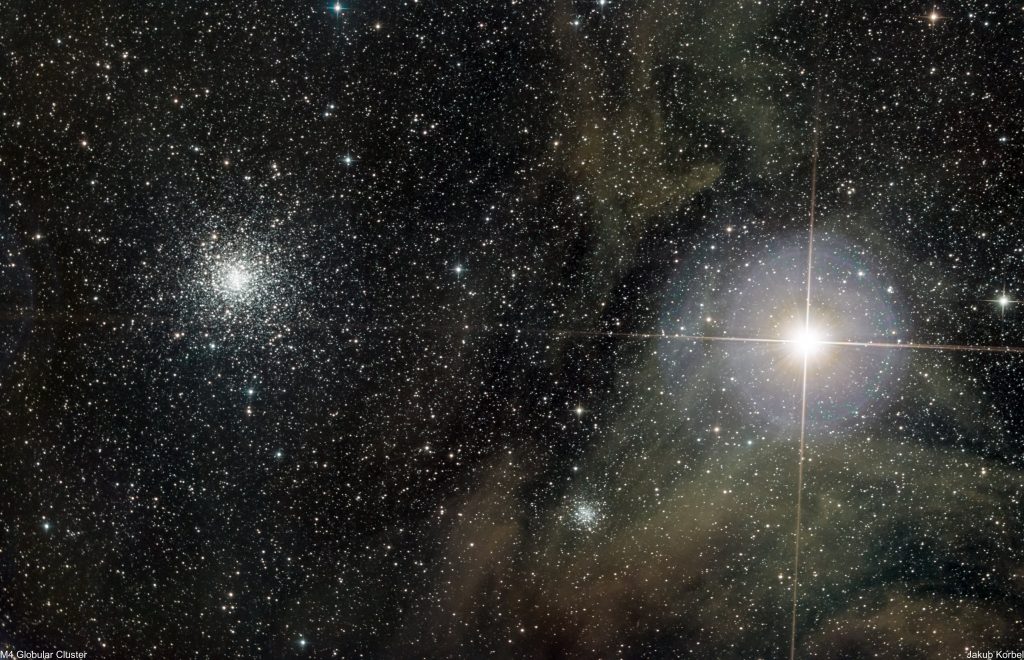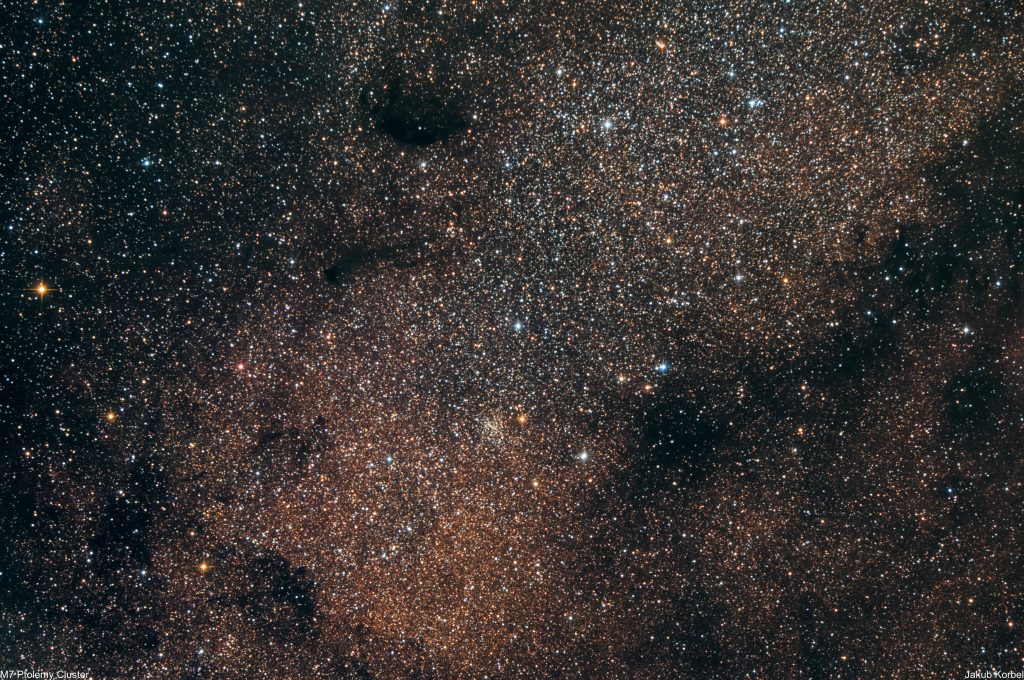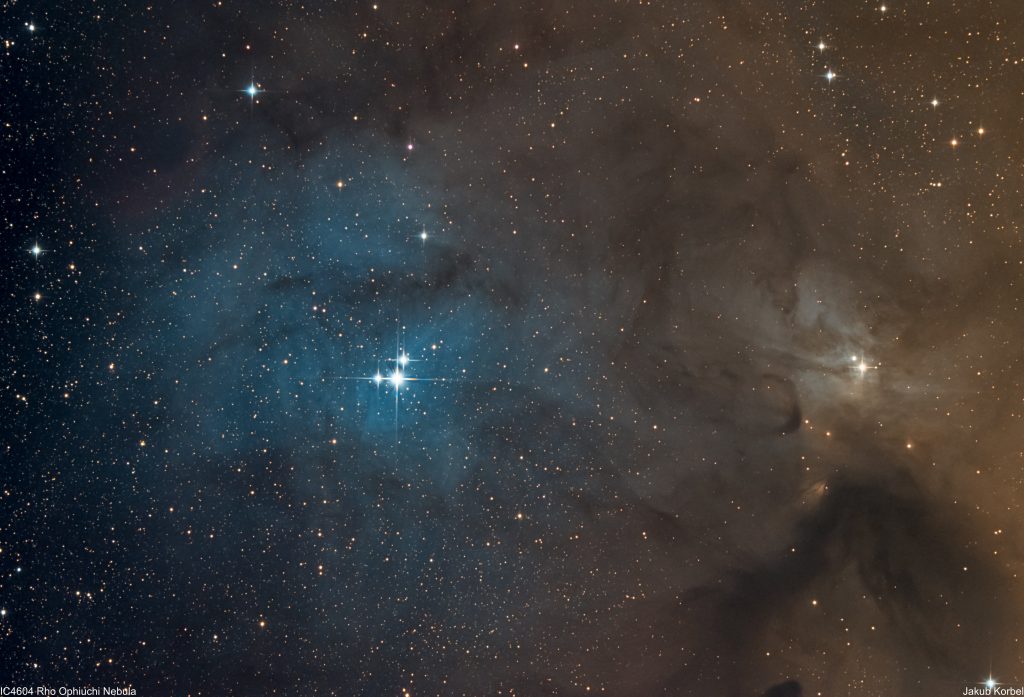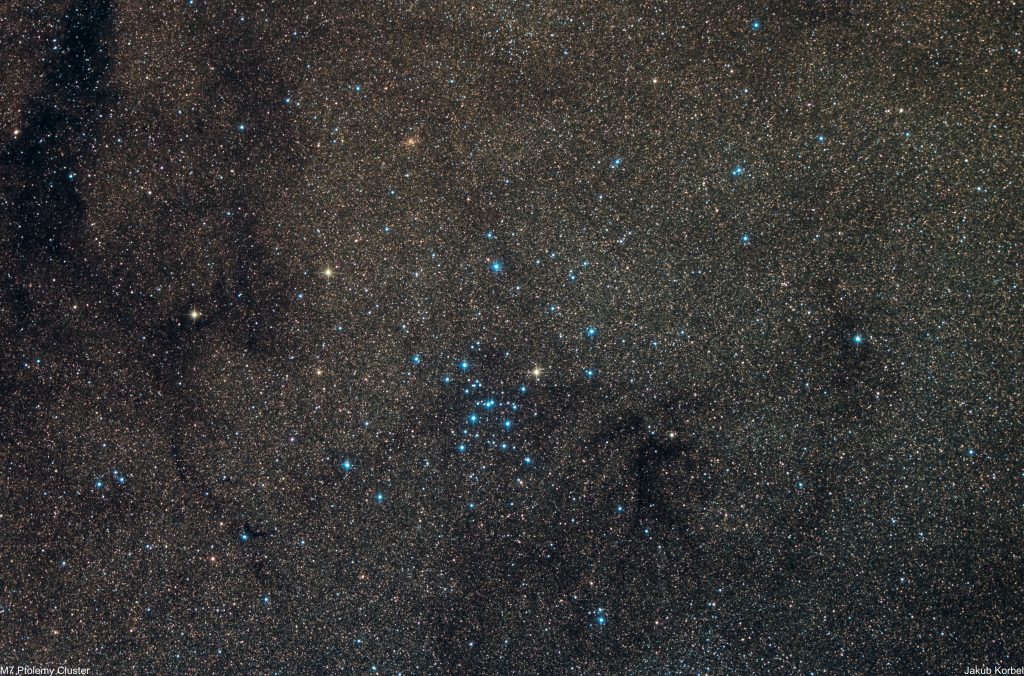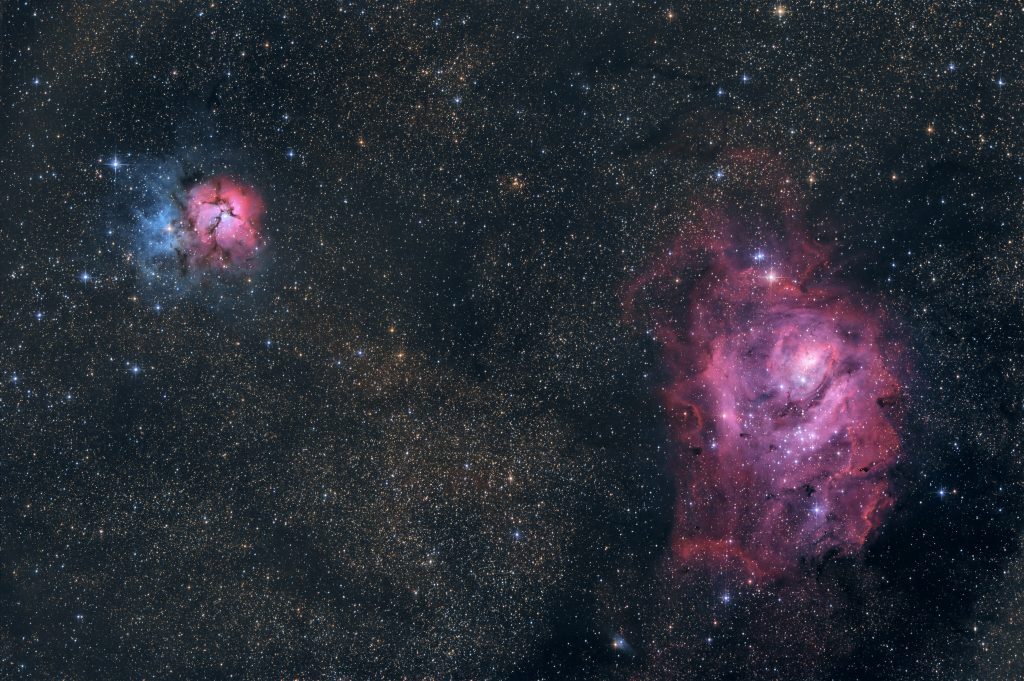Eta Carina Nebula is the southern hemisphere’s most prominent deep space object. In fact, this nebula is the reason why I packed all my portable astro-gear and flew to Namibia. Carina is approximately 4x brighter than the Orion nebula, which could be considered a highlight of the northern hemisphere. Moreover, it’s much larger. The nebula is a combination of emission and dark nebulae, located in the constellation Carina and it’s roughly 8500 light-years away from us.
It was a struggle to get the rig working in Namibia, but after two nights I managed and the next day, when I processed the pictures, a big smile appeared on my face. Well done, mission accomplished.
During our stay at Kiripotib Namibia, the other guest rented a 14.5-inch Dobsonian telescope and allowed us to have a look at the Carina (thank you so much, Peter). It was a simply spectacular view. Such a huge aperture combined with TeleVue eyepieces – WOW effect was there. Moreover, the Dobsonian had a filter wheel with OIII, UHC, and H-beta filters. Just by turning it, one could see a completely different nebulosity. I was really happy to see this beautiful deep space object with my own eyes.
Here is the processed picture in the Hubble color palette.
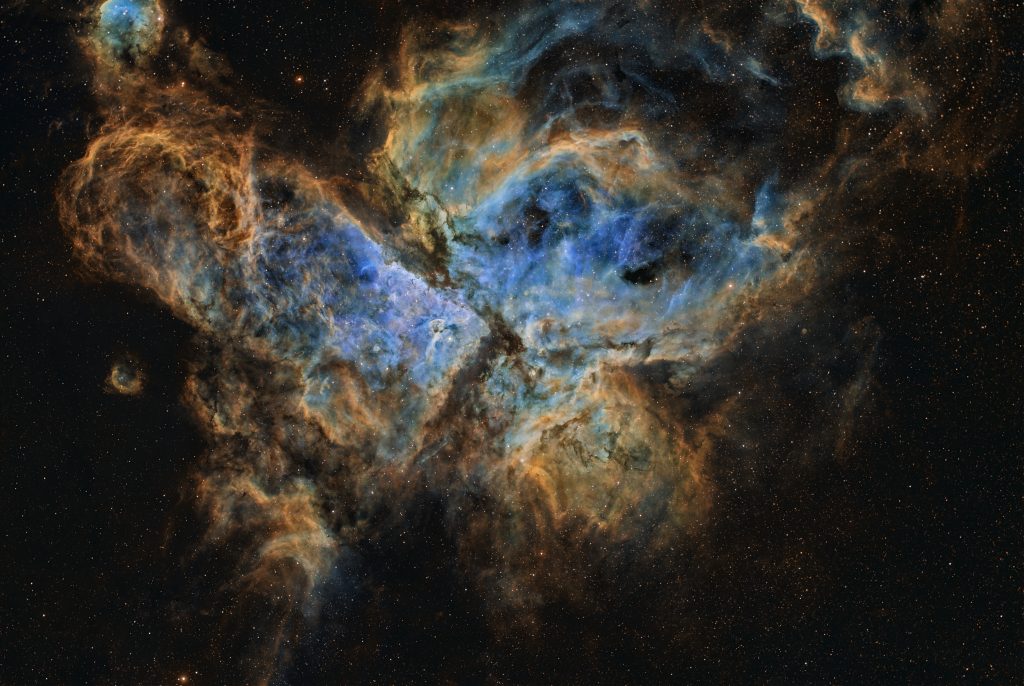
And here is bi-color version (R-Ha, G-OIII, B-OIII)
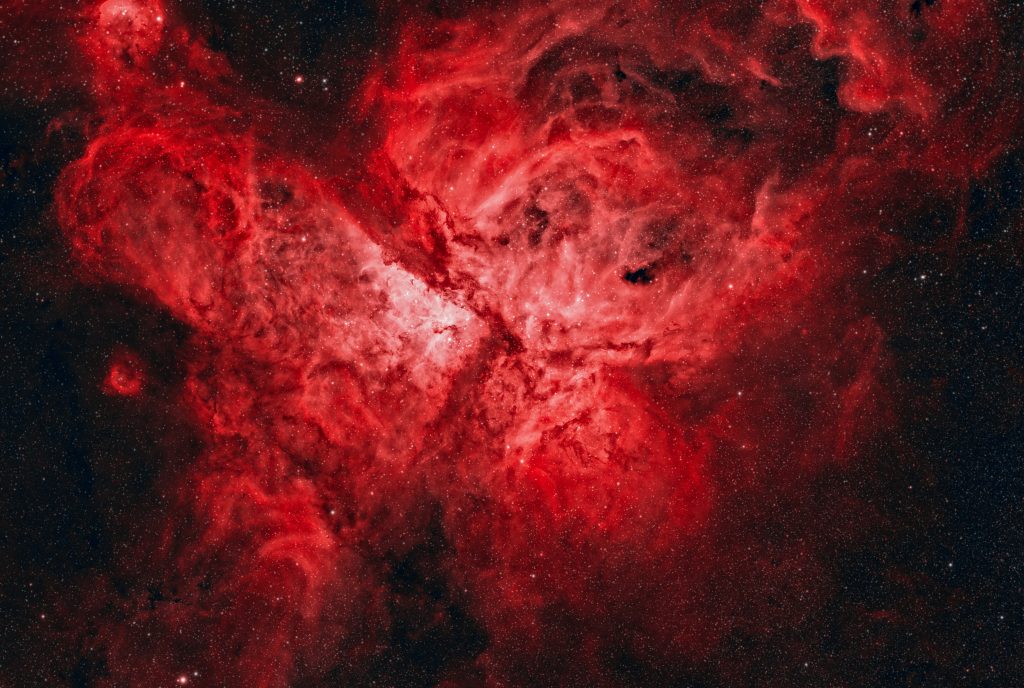
| Telescope | Sharpstar 94EDPH |
| Aperture | 94 mm |
| Focal length | 414 mm |
| Mount | Rainbow Astro RST 135 |
| Autoguiding | ZWO 174MM, QHY Mini Guide Scope |
| Camera | ZWO 2600MM @-10°C |
| Corrector | F4.4 Quad Reducer |
| Filters | Antlia Ha, OIII, SII 3 nm |
| Exposure | 87x300s, Gain 100, bin 1x1, |
| Date | 2022-05-27 |

